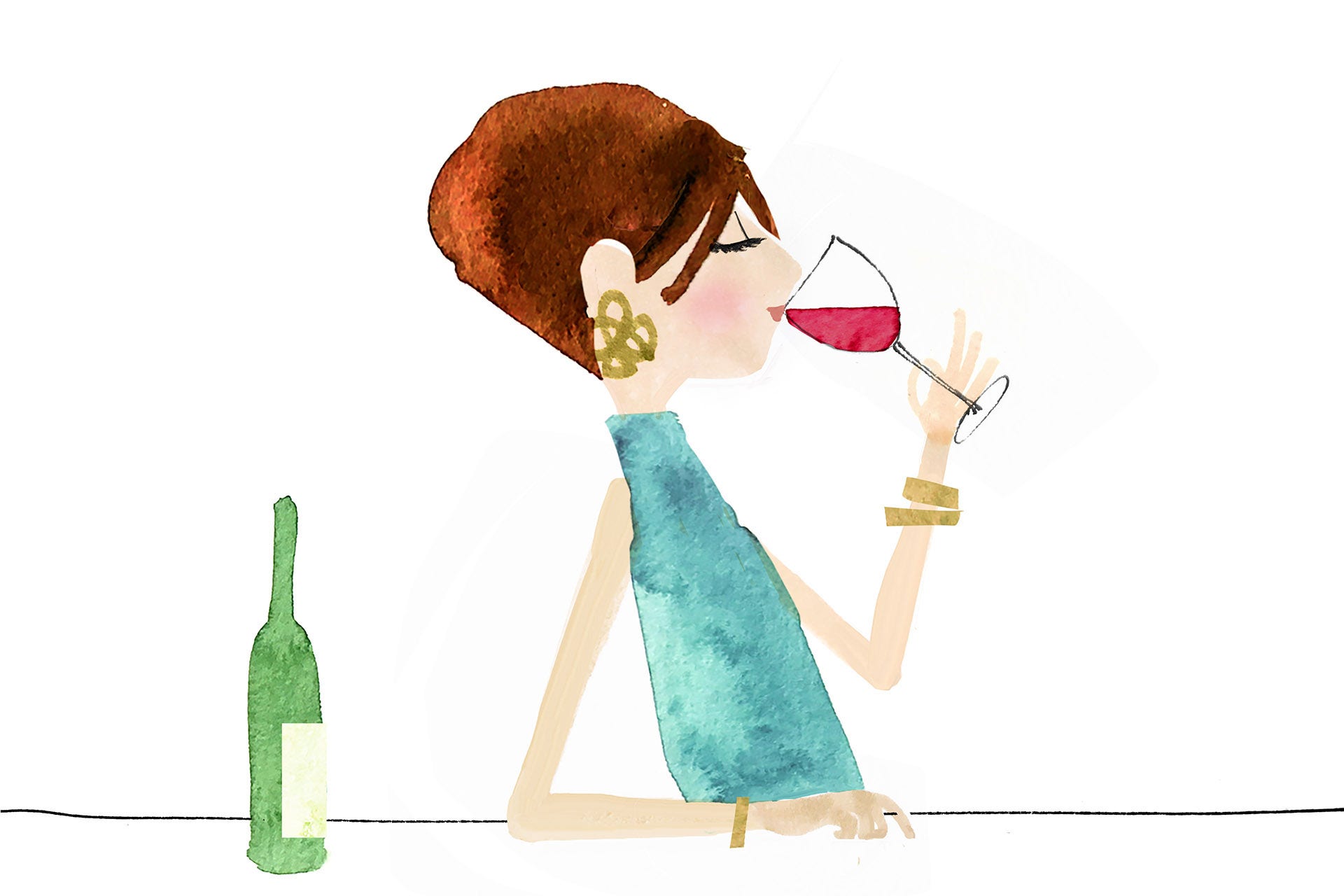Don’t be intimidated by all of those fancy wine descriptors or the swishing and swooshing sounds that the pros make while they taste. To evaluate wine, it all comes down to the “five S’s.”

See. Similar to a psychic who gazes into a crystal ball, inspecting wine in the glass can help predict much of what’s to come on the nose and palate. The color, depth and intensity of a wine can offer a glimpse into its age, concentration, body and overall style.
Hint: white wines gain color as they age, while red wines lose color.

Swirl. Swirling is integral to aerate the wine and allow oxygen to “open it up.” This seductive art reveals a wine’s complexities, and it will raise intensity in most young, opulent bottlings as well as those aged beauties. Better yet, when done properly, it will wow and potentially hypnotize those around you.

Sniff/Smell. Don’t be afraid to shove your entire nose right into the glass. Wines with medium to pronounced intensity shouldn’t need such a deep dive, but others may be a little bashful at first. In these cases, revert back to Step No. 2 and swirl some more. Aroma is usually where you hear all those cool, eccentric wine terms like “cat pee,” “wet dog” and “grilled watermelon.”

Sip. It takes a while to actually taste a wine during the examination process, but it’s often well worth the wait. Plus, all the prior steps should impart a pretty good idea of how the wine should come across on the palate.
When pros taste wine, you may notice some pretty off-putting and downright disgusting sounds, but there are reasons for it. The swishing, swooshing and gulping ensures that the wine hits all parts of the tongue and mouth. Thus, the taster can gauge sweetness, acidity, bitterness, tannins and identify the overall mouthfeel. Sucking in air allows for further aeration on the palate, and it helps volatile components be sensed by the olfactory system to tap in to all the characteristics of the wine.
Here, you look for primary characteristics (fruit, floral and spice), secondary characteristics (oak and fermentation-related flavors) and tertiary character (those that result from bottle aging, like mushroom, tobacco and nuttiness), depending on the age of the wine.

Savor. Here’s where the finish comes into play. You want to savor the final essence of a wine. Here, you not only look for length, but balance of fruit, acidity, tannin and texture. When a wine leaves you with an overwhelming desire for another sip, you know you’ve found a winner.
Final tip
If a young wine has a far superior finish than its taste on the palate, it probably needs a bit of aeration or even a little more time in the cellar.
Last Updated: May 5, 2023















